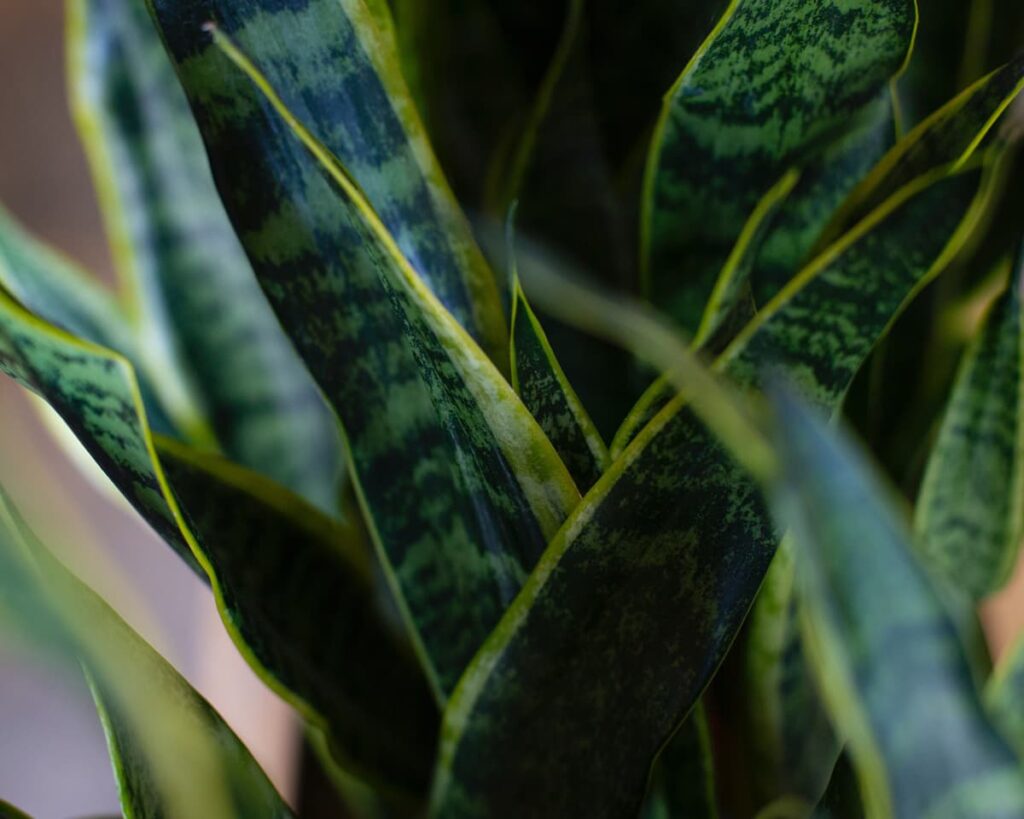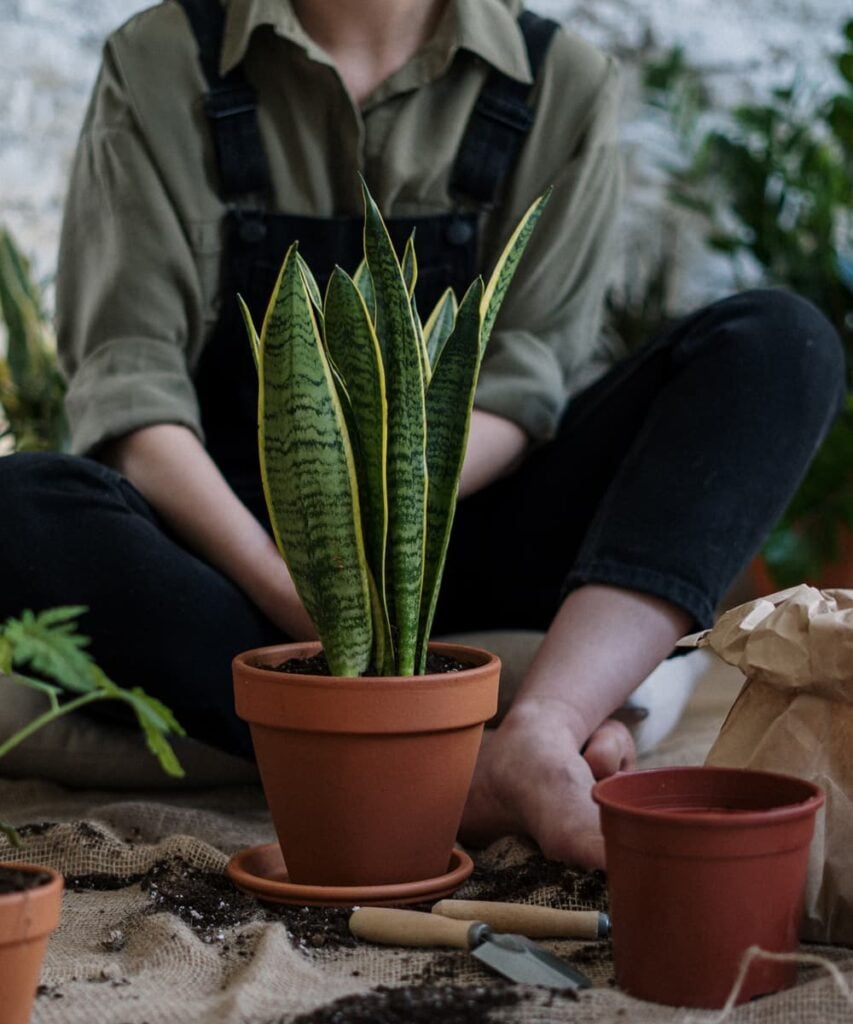Everything You Need to Know about Sansevieria Care

Sansevieria, commonly known as Snake Plants, is one of the most popular and hardy species of houseplants. The plant possesses stiff, sword-like leaves which can range from 8 inches to 6 feet tall. Sansevieria is called Mother in Law’s Tongues because they’re sharp and will hurt you when you don’t expect it. Snake plants can vary in colour; although, many have green banded leaves and commonly feature a yellow border. The species offer a variety of plants. While they are all the same type of plant, they look different enough to look great together in a gang and would provide you with excellent air-purifying benefits. They’re an interior designers dream and would do an amazing job at transforming any office or living space into a fresh new room.
Sansevieria Care
Sansevieria plant is an ideal choice for beginner gardeners; it is difficult to kill. It is an ideal container plant that grows well on the floor or on tabletop displays. Snake plant thrives in warm weather and struggles in cold conditions. Let’s discuss Sansevieria care in details.
Light
Sansevieria plants prefer bright, indirect light and can even tolerate some direct sunlight. However, they also grow well in shady corners and other low-light areas of the home. Snake plants prefer indirect but steady light with some direct sun.
Soil
Sansevieria prefers growing in loose, well-draining soil. This plant thrives well in sandy soil. One can use a potting mix low in peat. Peat works well in many situations, but it can become tightly packed and sometimes has problems rehydrating or draining. An all-purpose cactus potting soil is a good choice.
Water
One of the most common problems with Sansevieria or snake plants is overwatering. These plants cannot tolerate soggy soil. Let the soil dry between watering. During the winter, reduce watering to monthly, or whenever the soil is dry to the touch. Water from the bottom of the pot, if possible. This encourages the roots to grow downward and deep, helping to stabilize the thick, tall leaves.

Temperature and Humidity
Snake plants prefer warm conditions and will suffer if exposed to temperatures below 10 degrees Celsius. Set the plant in a place where it will be protected from drafts. A temperature range between 21 and 32 degrees Celsius is best. In the winter, be sure to protect it from drafty windows.Frost will kill this plant.
Fertilizer
Sansevieria does well when you completely forget about them! These plants hardly need to be fed as they get most of the nutrients from the soil. However, feed them once during the growing season with a mild cactus fertilizer or a balanced liquid slow-release (10-10-10 fertilizer) diluted to half-strength. Do not fertilize in the winter.

Common Problems
- Symptom: Foul-smelling soil
Cause: Root rot. - Symptom: Yellow or Brown leaves
Cause: Over-watering/Pests/Root rot. - Symptom: Drooping leaves
Cause: Over-watering/insufficient light. - Symptom: Root rot
Cause: Over-watering. - Symptom: Curling Leaves
Cause: Thrips(pests).
So many things to love about Sansevierias! With many common names such as Snake Plant, Bowstring Hemp Plant, Mother-in-Law Tongue, or Devil’s Tongue, they are beautiful, super easy to grow, and some of the best plants to clean indoor air!
Sansevieria care is easy as it is drought-resistant but prone to overwatering since it can lead to root rot. Only water the plant if the soil feels dry. These plants can go two months between watering in the winter months. In warmer months, water every three to four weeks.
Snake plants develop creamy-white, tubular flowers that look a lot like lilies. It flowers annually when its water, sun, and humidity needs are optimally met. However when these plants are kept indoors year-round, they rarely flower.
Sansevieria care reference: TheSpruce
